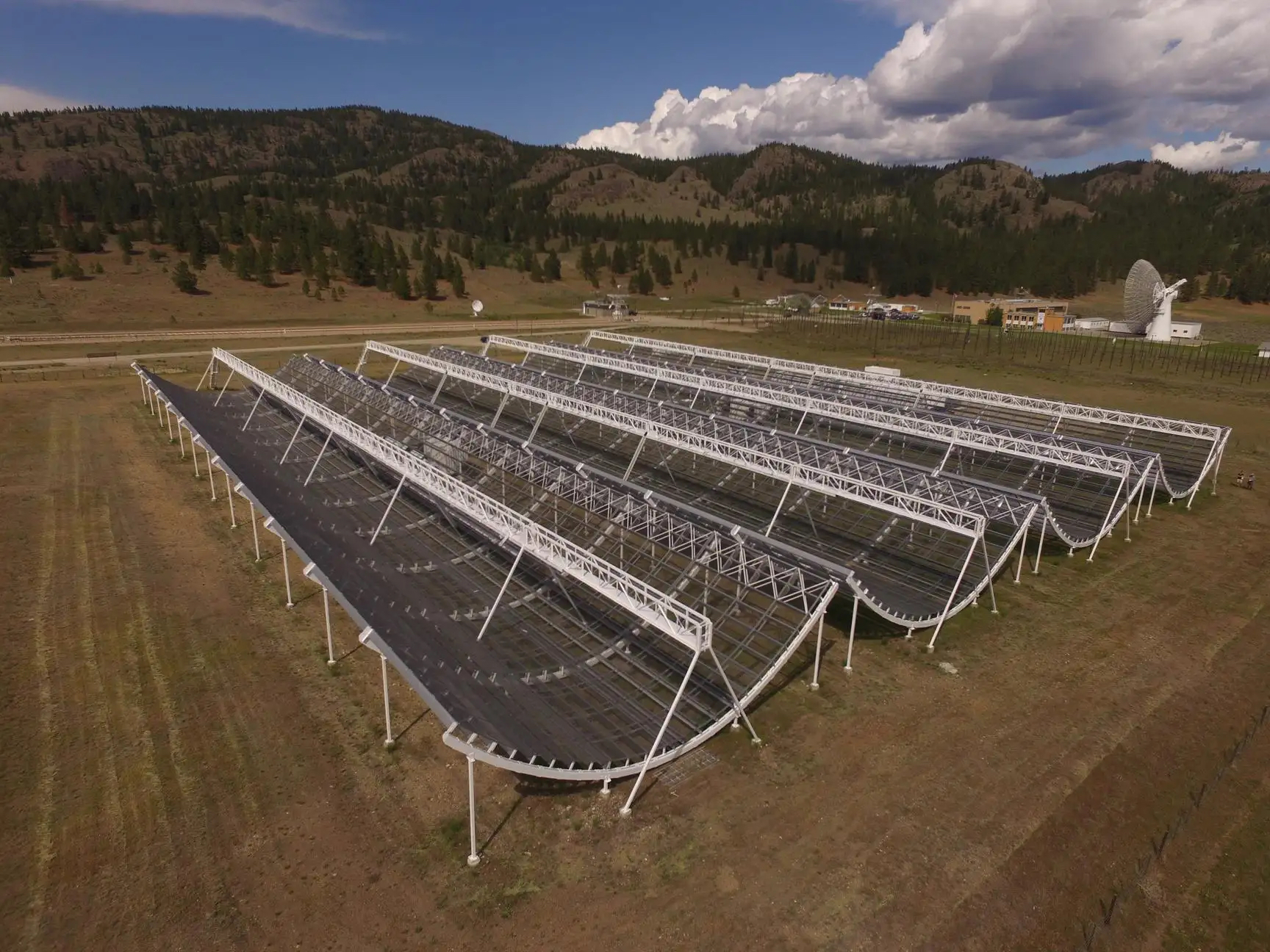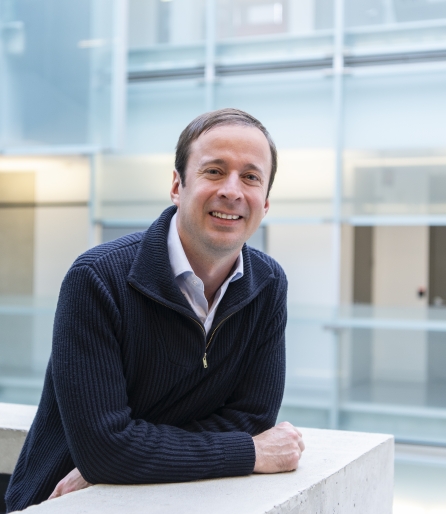Fast radio bursts (FRBs) are a recently discovered, poorly understood class of transient event, and understanding their origin has become a central problem in astrophysics. I will present FRB science results from CHIME, a new interferometric telescope at radio frequencies 400-800 MHz. Since 2018, CHIME has found ~20 times more FRBs than all other telescopes combined, including ~60 new repeating FRBs, the first repeating FRB with periodic activity, an FRB pulse in our own galaxy from a known magnetar, and millisecond periodicity in FRB sub-pulses. These results were made possible by new algorithms which can be used to build radio telescopes orders of magnitude more powerful than CHIME. I will briefly describe two upcoming projects: outrigger telescopes for CHIME (starting this year) and CHORD, a new telescope with ~10 times the CHIME mapping speed (starting in 2026).


Dr. Smith is a "data-oriented" cosmologist: his work is a mixture of theoretical physics, phenomenology, computational physics, statistics, and data analysis. Dr. Smith has been a member of several large experiments, including the WMAP and Planck cosmic microwave background (CMB) satellites. Most recently, he has joined CHIME, a new experiment in British Columbia which aims to measure the radio sky to orders of magnitude better sensitivity than previous all-sky surveys, with a wide variety of applications. Dr. Smith´s best-known work is on CMB data analysis and phenomenology, including a classification of observable signals from self-interactions of the inflation, and the first detection of gravitational lensing in the CMB. Recently, he has been interested in new data analysis techniques for large scale structure and radio astronomy.